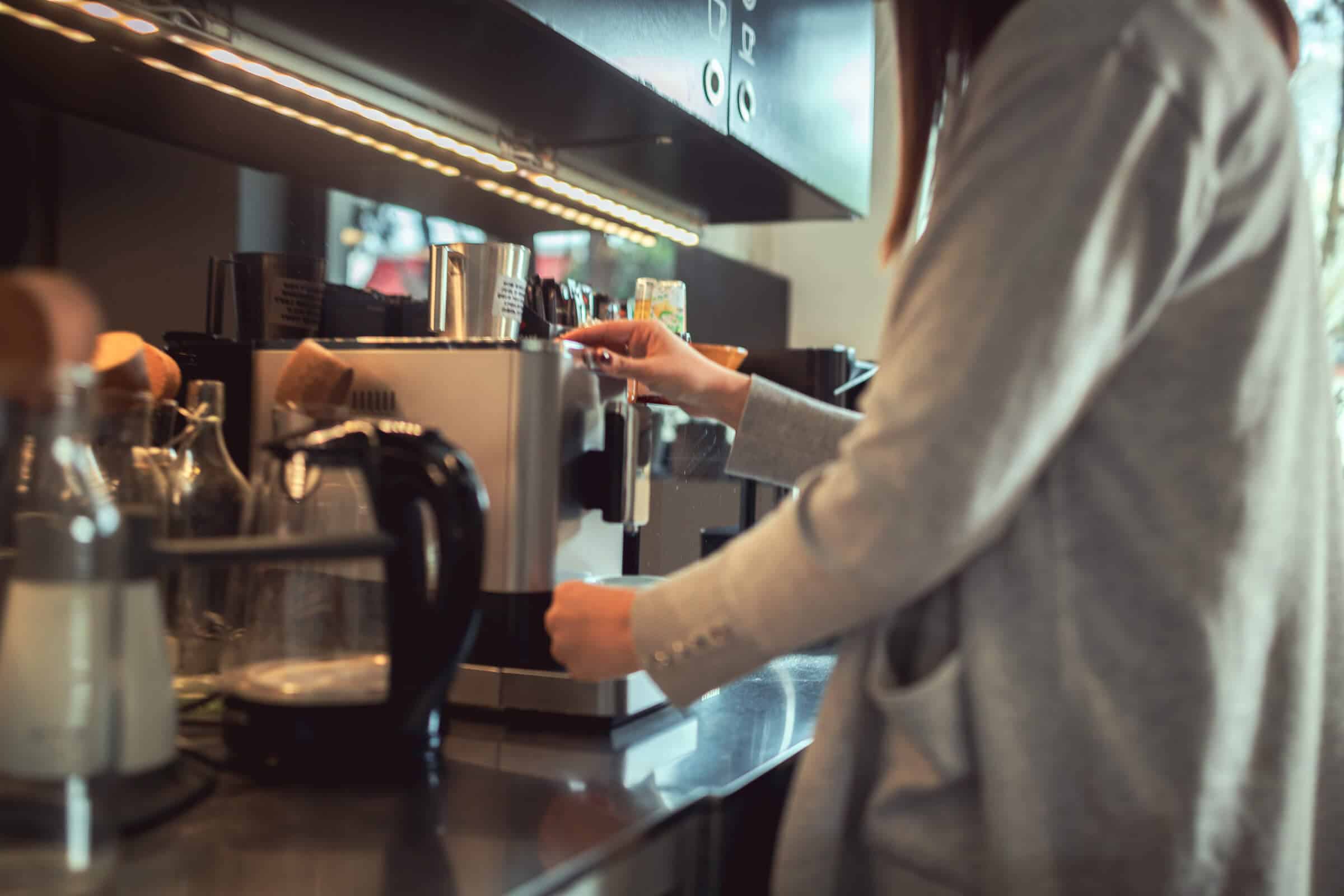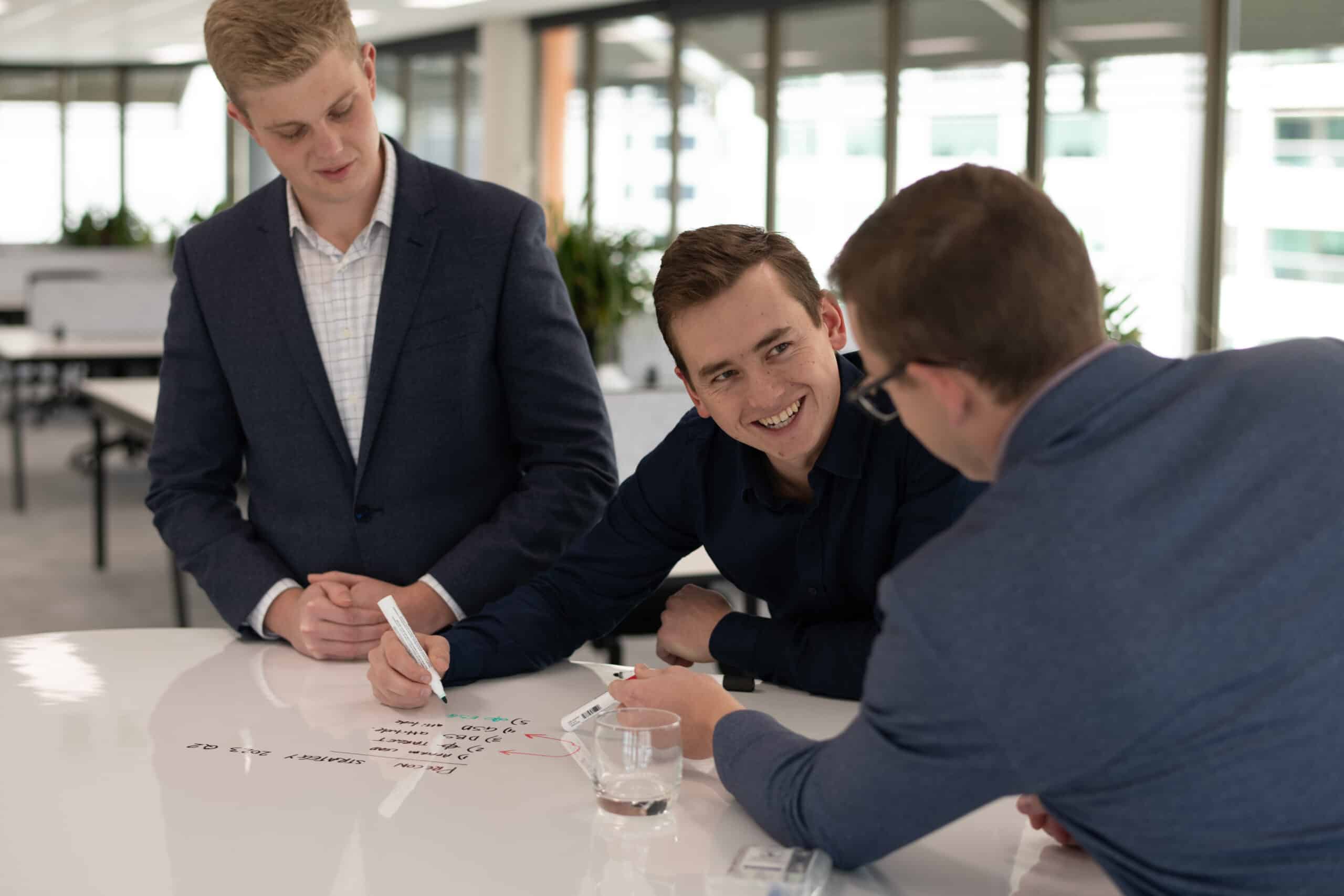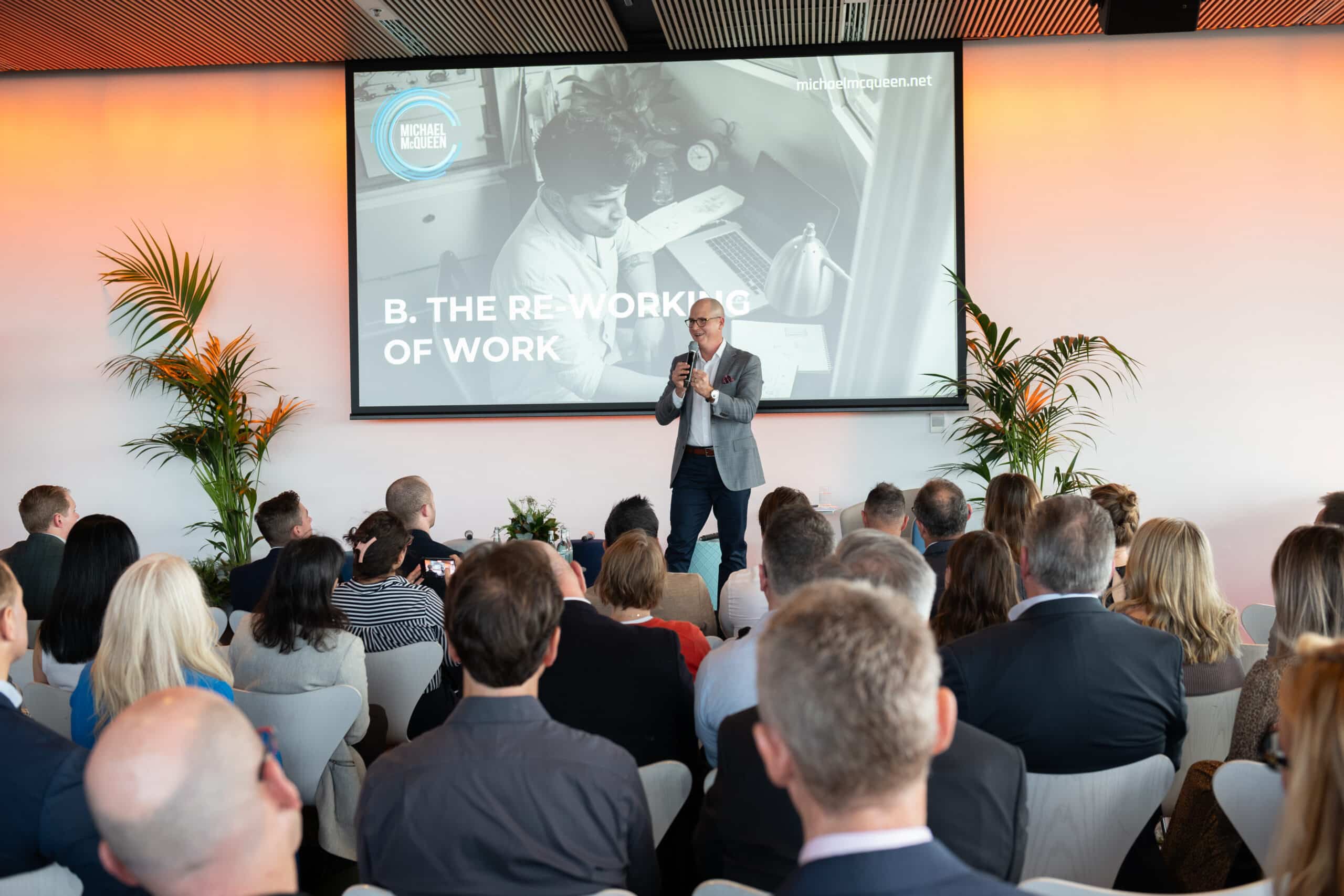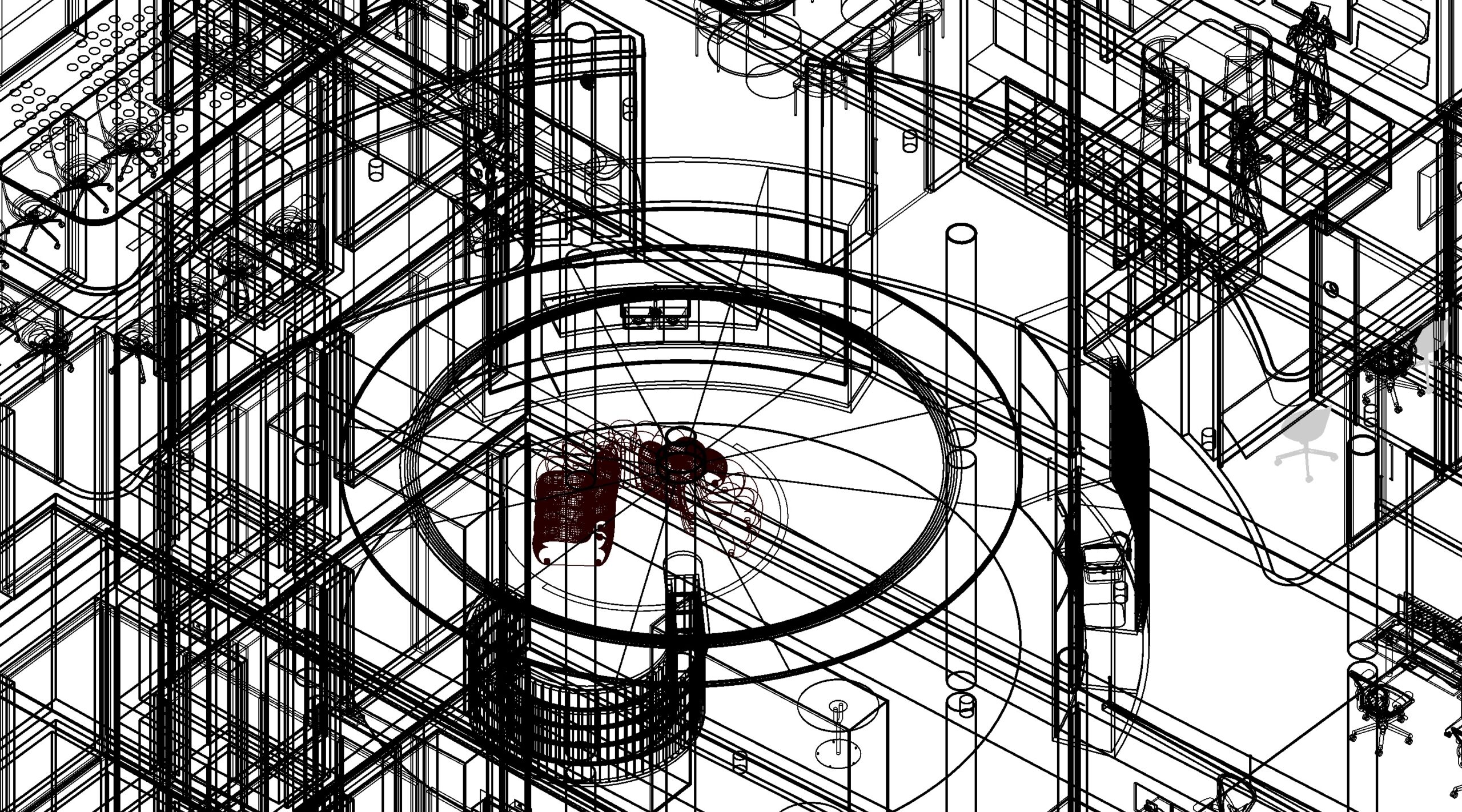
The office environment has a large impact on the way that people perceive their overall work experience. So it’s important to provide suitable surroundings that help team members to do their best work.
Here are 6 key factors that employees want from their office environment.
Having the flexibility and freedom to fit work around their lifestyles
This is particularly the case for industries that typically employ younger people, such as the tech industry. Each of us has a different way of working, and while early mornings might be more suitable for some people, others are more productive late at night.
For parents with young children, allowing flexible working hours is often the difference between retaining or losing good talent when circumstances change or new opportunities arise.
By reconsidering the typical 9-5 workday and allowing staff to mould their schedule around what works best for them and the company, you’re more likely to get the most out of people and keep good staff for longer.
Being able to blend working from the office and from home
75% of employees would give up at least one benefit or perk, including healthcare coverage, cash bonuses, and paid time off, for the freedom to choose their work environment. — Source
By providing a hybrid working environment, both employees and employers are able to get the most out of their work experience.
For staff, this means more flexibility, less time in the week spent commuting, and the ability to do focused work at home, free from distractions as well as collaborative work in the office with their teams.
For employers, this means a lower office occupancy rate which can result in lower operating expenses over time, and happy, more loyal staff.
A luxurious and aesthetically pleasing office
“Employees don’t want to have to go to the office. They would like to want to go to the office. There’s a huge difference between those two concepts as the former heavily relies on obligation and the latter sets the office up as a desired destination.” — Source
Over the pandemic, people had a taste of working from home, and for the most part, they liked the fit. To lure employees back into the office, and to attract and retain new talent, companies need to provide an environment that’s much more attractive than the alternatives.
“What we’re seeing is a desire to be in an environment that’s more like a hospitality setting or a hotel setting.”— Source
Sustainability is considered at every touchpoint
65% of knowledge workers are more likely to work for a company if it has strong environmental policies. – Source
A 2020 UK study by Reuters uncovered some alarming statistics on how much people really care about their employer’s environmental impact, and what they’re doing to be better.
“72% of multigenerational respondents stated that they were concerned about environmental ethics. However, with an astounding 83% of workers reporting their workplaces were not doing enough to address climate change, it’s become clear that there is a massive gap between rhetoric and action.” — Source
Privacy and safety are guaranteed, not just a ‘nice to have’
Offices are places of interaction, where people come and go, often in a constant state of flux.
Whilst a dynamic environment helps to keep us on our feet, it’s important that physical and emotional safety are built into the overall experience.
This means providing adequate security and access measures, and ensuring that workers feel their privacy is respected.
Comfort and wellbeing are built into the office design
Gone are the days of dark and dingy offices. Workers want natural light, and for employers to actively consider their wellbeing.
Investing in a workplace wellness program helps to reduce sick days and employee turnover.
What’s more, when an employer is planning a fitout, staff want to be considered and involved in the process, rather than being treated as an afterthought.
“For some a change in workplace design means a significant shift, resulting in resistance. Sometimes change management programs are required, however for those unable to afford it, they are looking at strategies they can implement themselves to ‘bring staff along on the ride’.” — Source


